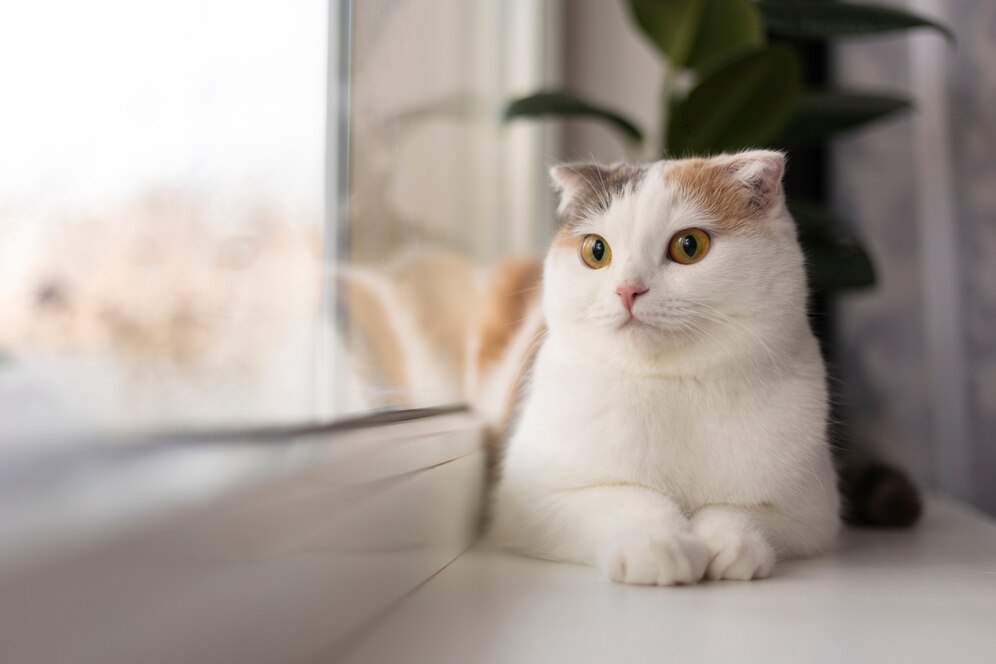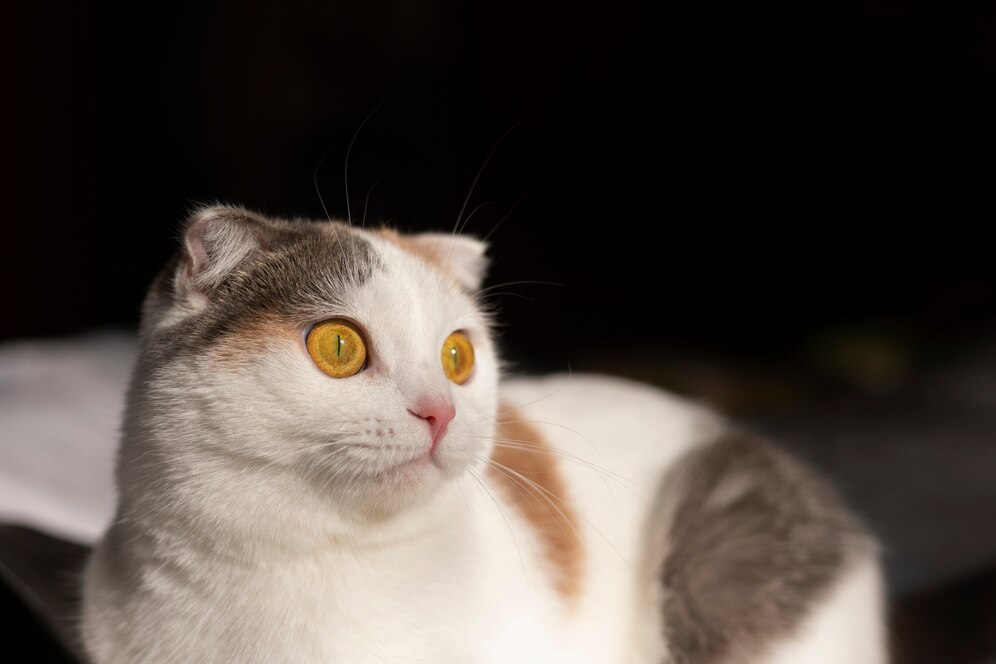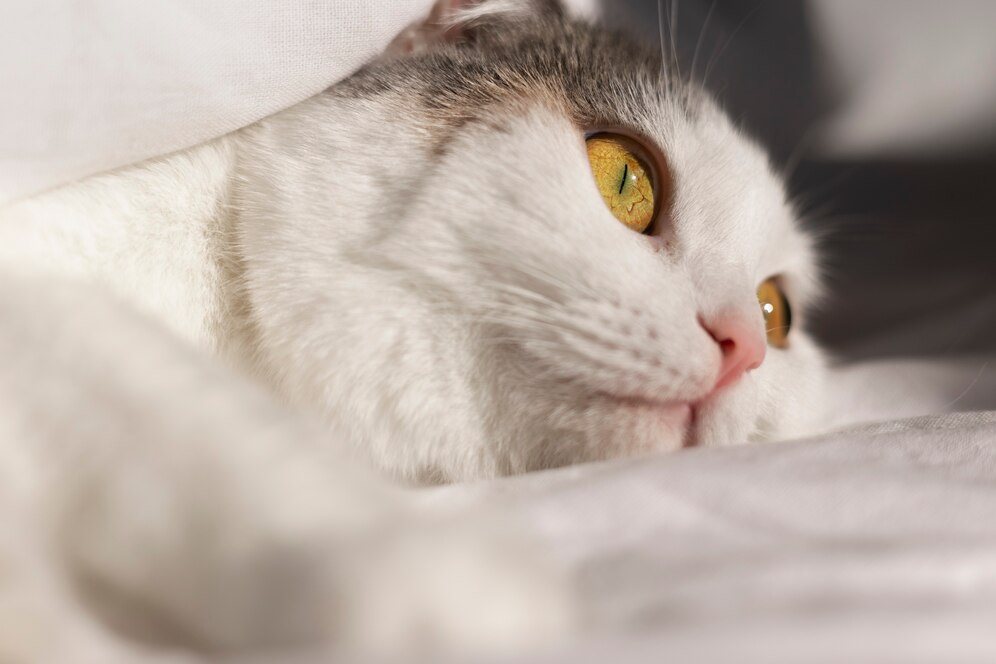Blog
Tips for Taking Care of Long-Haired Cats Coats
When it comes to feline companions, long-haired cats stand out with their stunning and luxurious coats. However, taking care of these beautiful furballs requires special attention and a dedicated grooming routine. In this article, we will provide you with tips for taking care of long-haired cats‘ coats that ensure they maintain their beauty while preventing matting, skin irritation, and other health issues.
Long-haired cat breeds, such as the Persian, Maine Coon, Ragdoll, and Himalayan, may have evolved their distinct fur for various environmental reasons. While their flowing locks are undeniably enchanting, the upkeep can be demanding. Understanding the specific needs of their coats is crucial for any cat owner.
The Importance of Regular Grooming
Regular grooming is not just about aesthetics; it plays a vital role in your long-haired cat’s health and happiness. A consistent grooming routine can help prevent mats and tangles that can lead to discomfort or even skin infections. Here’s how you can establish a successful grooming regimen.
>>> Buy now: 8 Out Of 10 Cats No15 Custom Hoodie 3D
Understanding the Types of Long-Haired Cat Coats
Not all long-haired cats share the same type of coat. Understanding the differences can help in tailoring your grooming routine.
The Persian breed typically has a soft, fluffy coat that requires daily brushing due to its dense undercoat. Their fur is prone to severe matting, especially around the face and neck.
Maine Coons, on the other hand, have a waterproof outer coat and a softer undercoat. This breed’s coat can handle a little less frequent grooming but still needs attention to remove loose fur and avoid tangling.
Recognizing the unique characteristics of your cat’s coat will guide you in selecting the right tools and techniques.
Establishing a Daily Routine
Creating a daily grooming routine is essential, especially during shedding seasons.
Begin by setting aside a few minutes each day, ideally at the same time, to groom your cat. Familiarity will help them associate grooming with positive experiences. Use treats or gentle praise to encourage good behavior and make this a rewarding experience for both you and your feline friend.
Always start with a slicker brush to remove loose hair and detangle any minor knots. For more complex tangles, a wide-toothed comb can be helpful, providing a gentler touch and minimizing pulling.
Identifying Signs of Matted Fur
Sometimes, despite regular grooming, mats can form. Recognizing the early signs can save you from significant problems down the line.
Look for clumps of hair that feel hard or rough to the touch. These are often found around sensitive areas like the ears, armpits, and tail. If your cat seems uncomfortable when you brush near these spots, it could indicate underlying mats or tangles.
By addressing matting early, you can prevent more aggressive measures later on. If you find yourself facing mats that are too stubborn, don’t hesitate to consult a professional groomer who specializes in long-haired breeds.
Choosing the Right Tools for Grooming
Having the proper tools can make a world of difference in maintaining your long-haired cat’s coat. The right grooming equipment can simplify the process and yield better results.
Essential Grooming Tools
Investing in quality grooming tools is critical for effective maintenance of long-haired coats.
A slicker brush is invaluable for removing loose hair and tackling knots. Its fine wire bristles penetrate deep into the coat without harming the cat’s skin.
Additionally, a wide-toothed comb can help manage tangles with less risk of injury than finer combs.
Don’t overlook the benefits of a metal or rubber curry comb for stimulating natural oils in the coat, promoting shine, and removing dead fur.
Lastly, don’t forget to keep nail clippers handy. Regular nail trims are necessary to prevent scratches during grooming sessions, ensuring a smooth and safe experience for both you and your cat.
Specialty Grooming Products
Beyond brushes and combs, consider incorporating specialty grooming products into your routine.
Detangling sprays or conditioners can be a game-changer for particularly knotty fur. These products ease the brushing process and minimize discomfort for your cat.
Make sure to choose cat-safe products that won’t irritate their sensitive skin. Always read the labels carefully and select items specifically formulated for felines.
Monitoring Your Cat’s Comfort
While grooming, it’s essential to monitor your cat’s comfort levels closely.
If your cat shows signs of stress—such as twitching ears, growling, or attempting to escape—take a break and give them some space. Positive reinforcement is key, so reward your cat with treats or affection when they remain calm during grooming sessions.
Building trust and familiarity takes time, but a comforting atmosphere will make the entire process smoother for both of you.
Advanced Techniques for Maintaining Coat Health
While basic grooming is essential, advanced techniques can elevate your long-haired cat’s coat care to new heights.
Taking a holistic approach to grooming and overall health can result in an even more radiant coat.
Nutrition and Coat Quality
What goes in is just as important as how you care for what’s on the outside.
Feeding your cat a high-quality diet rich in omega-3 and omega-6 fatty acids can significantly improve coat health. These nutrients promote healthy skin and shiny fur, helping to reduce shedding as well.
Consult with your veterinarian about dietary options tailored to your cat’s specific needs. Sometimes, switching to premium brands or adding supplements can make a pronounced difference in your cat’s coat over time.
Regular Veterinary Check-Ups
Preventative health care is vital for long-haired cats, as many coat issues arise from underlying health problems.
Regular veterinary visits allow for early detection of allergies, skin infections, or hormonal imbalances that might affect your cat’s fur quality.
Discuss any changes in your cat’s coat with your vet. An abrupt change in texture, excessive shedding, or bald patches can all indicate medical concerns requiring attention.
Hydration and Skin Health
Hydration is key to maintaining healthy skin and fur. Ensure that your cat always has access to fresh water.
Consider investing in a pet fountain, as many cats prefer running water and may drink more often from these sources. Adequate hydration helps support skin elasticity, reducing dryness and flaking.
Hydrated skin also supports a healthier coat, lowering the chances of dandruff or irritation, making every grooming session simpler and more enjoyable.
Caring for a long-haired cat’s coat is both a commitment and a privilege. With the right tools, techniques, and understanding, you can help your feline friend maintain a healthy, beautiful mane.
From establishing a daily grooming routine to fostering a trusting relationship through patience and rewards, every step you take contributes to your cat’s overall well-being. By following the tips for taking care of long-haired cats’ coats outlined in this guide, you ensure your furry companion enjoys a comfortable and healthy life, delighting everyone with their majestic coat along the way.
>>> Read more: Discovering the Life of an Astronaut Cat



